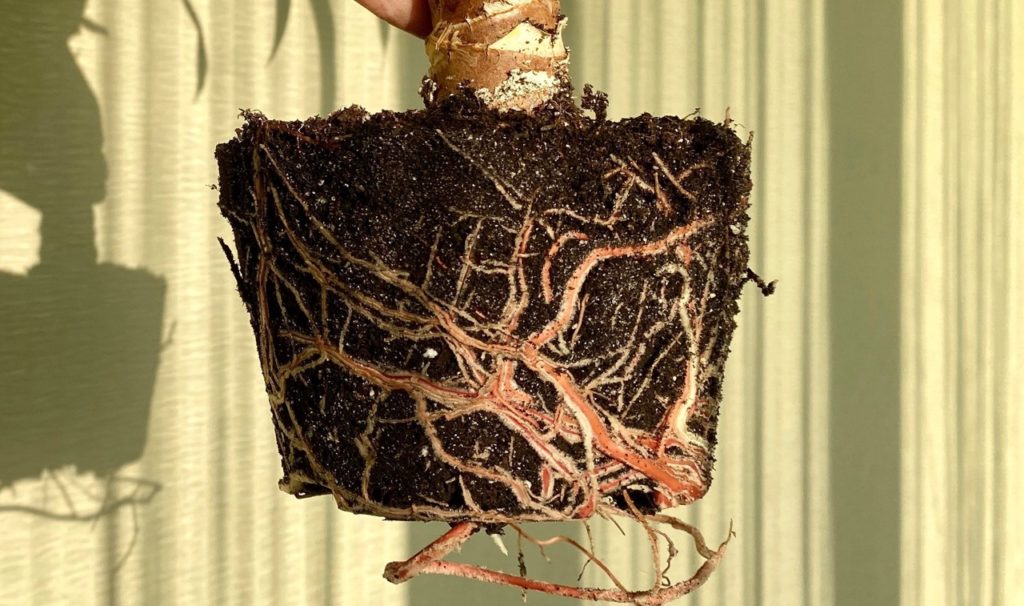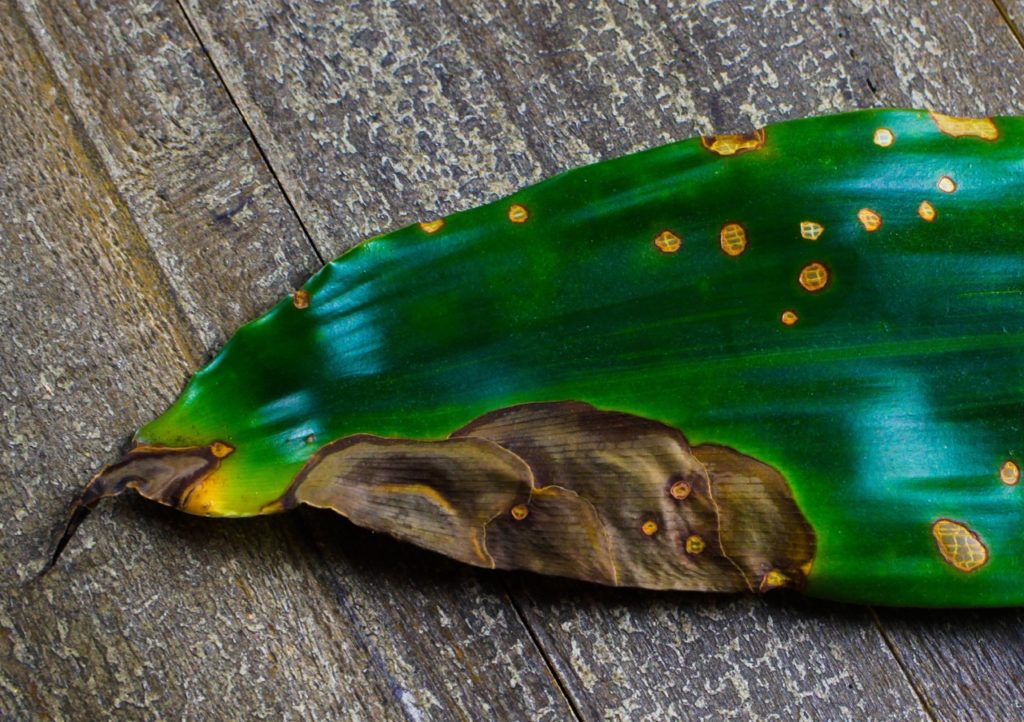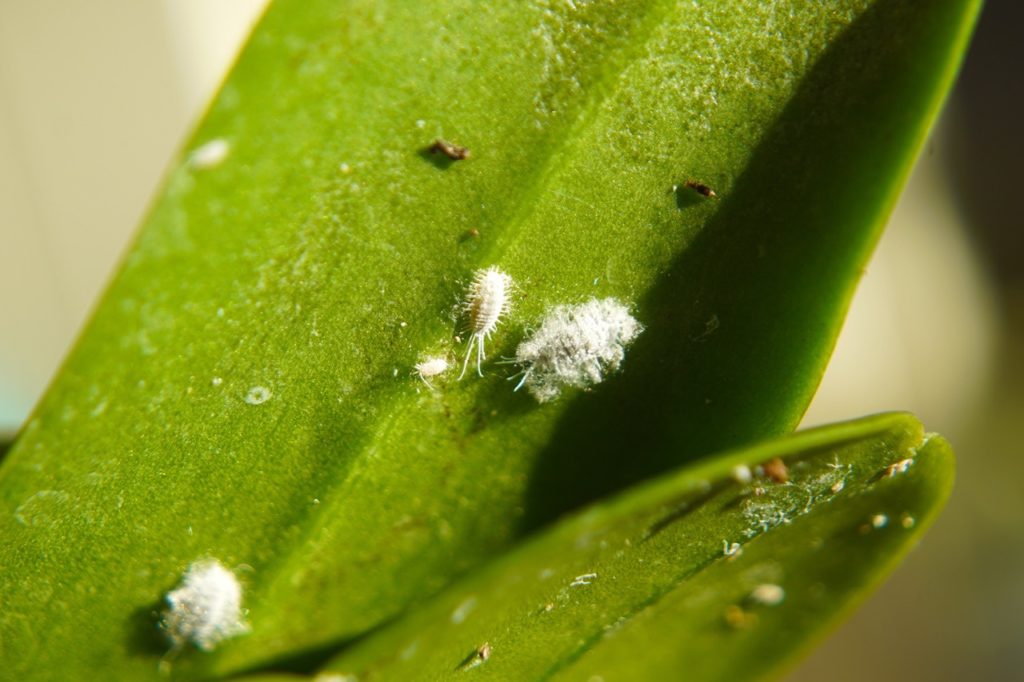Yucca Are Generally Trouble-Free, But Brown Spots Might Need Further Investigation

Reviewed By PETER LICKORISH

Peter is a Horticulture Lecturer and self-employed Horticulturist, with a passion for diverse areas of the industry - from garden design to the science behind plant growth and propagation. He has completed the Royal Horticultural Society’s Master of Horticulture (MHort) Award and lectures on RHS courses at Bedford College.
YUCCA GUIDES
Common Problems
– Brown Spots
– Droopy Leaves
– Leaves Turning Yellow
– Root Rot
Division
Overwintering
Revival
Varieties
Watering
Hardy yuccas are famous for their easy-going temperament and ability to withstand the harshest conditions.
“Generally Yuccas are very versatile plants, and apart from frost damage in very cold winters, the hardy species rarely suffer plant health problems,” says Master Horticulturist Peter Lickorish.
However, that doesn’t mean that they’re completely indestructible and you may find your plant is suffering from one or more maladies.
One of the most common and clearest symptoms that all is not well with a yucca is the appearance of brown spots on its leaves, browning at its extremities or a general brown or yellow hue to the foliage.
If you notice such signs on your plant, it’s a good idea to investigate the issue further and take remedial action before it worsens.
Here are some of the likeliest causes of discolouration, along with some pointers on how to address them.
1) Overwatering
Given that their natural habitat is normally a desert, it’s understandable that yuccas don’t take too kindly to overwatering.
They’re considered to be succulent plants, which means they can store water in their foliage, so it’s highly unlikely that you’ll be underwatering them.
Overwatering, on the other hand, is very easily done and will drown the plant’s roots, leading to a fungal infection which can manifest itself in the shape of brown spots.

To check your yucca’s root health, gently unearth them.
They should be white and firm to the touch.
If they’re black, discoloured or squishy, you should carefully cut away the damaged parts and repot the remainder of the plant in a new container with good draining soil.
In the future, only water when the top 5cm of the soil is dry.
2) Fluoride Or Salt Toxicity
If the water with which you irrigate your yuccas has an excess of fluoride, it can cause their leaves to develop brown tips.
These can initially appear as small brown spots on the fringes of the leaf, but will soon take over the whole extremity.
Although this is not actually detrimental to the plant’s health, fluoride toxicity can be unsightly, but a simple switch to distilled water and the problem will resolve itself in time.

Salty water, however, can be a death sentence for yucca plants.
If the soil in your garden has high salinity or you water the plant using a softener, the yucca may develop brown spots, tips or stunted growth.
In serious cases, a white crust may appear atop the soil.
You should immediately attempt to flush the soil out using water free from salt but it’s possible that the plant may be too far gone to save.
3) Diseases & Pests
Fungal spores of Coniothyrium concentricum can spread quickly from leaf to leaf and manifest themselves in the shape of brown spots with a yellow halo, though they rarely take over a whole leaf.
This contrasts with the more general browning often resulting from overwatering.
Nonetheless, you must take prompt action to prevent them from propagating further.
To do so cut back damaged leaves to the stem and clear any fallen leaves from the base of the plant.

Preventing water from sitting on the leaves and ensuring good drainage is key too.
Potted outdoor plants could be moved to a porch, for example.
Meanwhile, pests are another problem for yucca plants, especially mealy bugs.
Although these normally leave behind white spots rather than brown ones, the latter could indicate an infestation as well.
Treat them by removing the damaged leaves and spraying the plant with plant oils.

